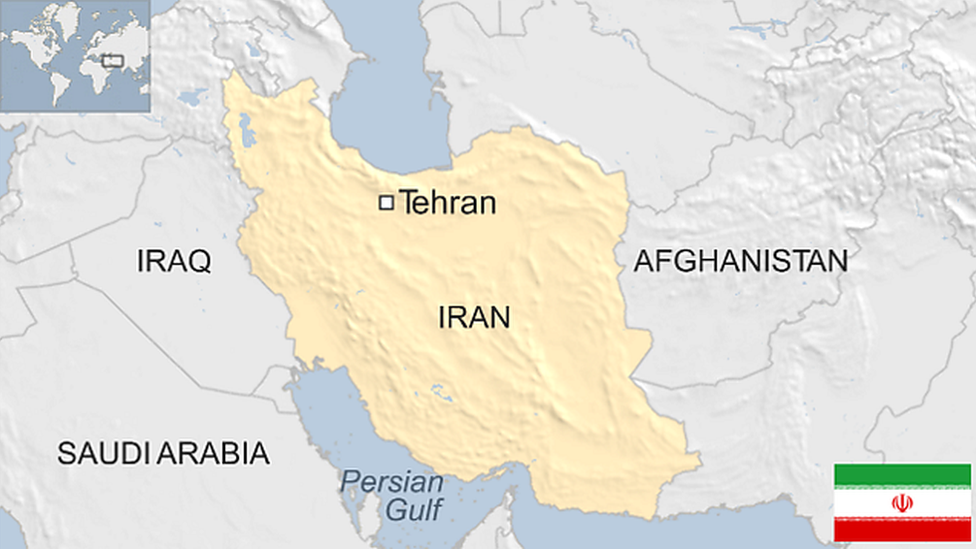Nagorno-Karabakh profile
- Published
This page is no longer being updated. It was last updated on 30 January 2024

The landlocked mountainous region of Nagorno-Karabakh was the subject of a long-standing territorial dispute between Azerbaijan, in which it lies, and its ethnic Armenian majority, backed by neighbouring Armenia.
Internationally recognized as part of Azerbaijan, until recently much of it was governed by the unrecognised Nagorno-Karabakh Republic, also known as the Republic of Artsakh.
Following decades of ceasefires punctuated by sporadic clashes and upsurges of violence, Azerbaijani forces overwhelmed the territory's defenders in a short campaign in September 2023.
The majority of ethnic Armenians fled and on 1 January 2024 Nagorno-Karabakh was formally dissolved.
While Armenia itself never officially recognised the region's independence, it became its main financial and military backer and the territory functioned as a de facto part of Armenia.
Read more country profiles, external - Profiles by BBC Monitoring, external
NAGORNO-KARABAKH REPUBLIC/REPUBLIC OF ARTSAKH: FACTS
Capital: Khankendi/Stepanakert
Area: 3,170 sq km
Population: 120,000 (2022 figure)
Languages: Armenian, Russian
Life expectancy: 75 years

MEDIA
The authorities in Nagorno-Karabakh operated radio and TV services, but these have now ceased broadcasting. Baku says that Azerbaijani radio and TV channels are now being relayed to Karabakh.
TIMELINE
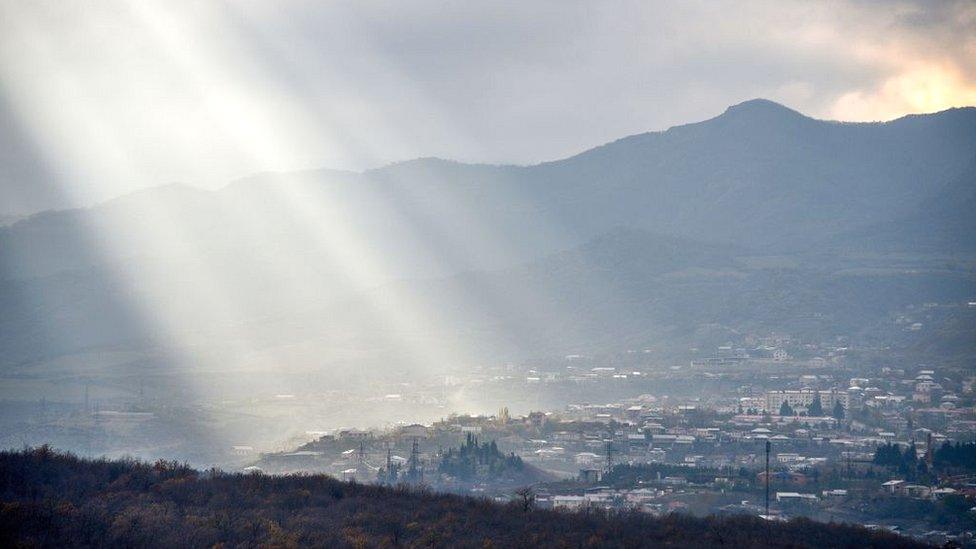
Khankendi/Stepanakert is the largest city and de facto capital of the disputed region
Key dates in the history of Nagorno-Karabakh:
The conflict has roots dating back well over a century into competition between Christian Armenian and Muslim Turkic and Persian influences.
19th Century - Populated for centuries by Christian Armenian and Turkic Azeris, Karabakh becomes part of the Russian empire.
early 20th Century - Acts of brutality on both sides punctuate the region's relative peace, and live on in the popular memory.
1920s - After the end of World War One and the Bolshevik revolution in Russia, the new Soviet rulers, as part of their divide-and-rule policy in the region, established the Nagorno-Karabakh Autonomous Region, with an ethnic Armenian majority, within the Soviet Socialist Republic of Azerbaijan.
1991 - With the break-up of the Soviet Union, Karabakh declares itself an independent republic, and as Soviet control loosens Armenian-Azeri frictions escalate into a full-scale war.
1992-94 - First Karabakh war: During the fighting up to 30,000 people are estimated to have lost their lives. Armenians gain control of the region and push on to occupy Azerbaijani territory outside Karabakh, creating a buffer zone around Lachin, linking Karabakh and Armenia.
More than one million people flee their homes during the fighting. The ethnic Azeri population - about 25% of the total before the war - leaves Nagorno-Karabakh and Armenia while ethnic Armenians flee the rest of Azerbaijan.
1994 - Russian-brokered ceasefire is signed leaving Karabakh as well as swathes of Azeri territory around the territory in Armenian hands.
1994-2020 - A simmering stalemate prevails punctuated by armed clashes.
2017 - In a referendum, voters approve a new constitution turning the government from a semi-presidential to a fully presidential one. The territory changes its name from Nagorno Karabakh Republic to Republic of Artsakh, though both remain official names.
Karabakh is the Russian rendering of an Azeri word meaning "black garden", while Nagorno is a Russian root meaning "mountainous". Artsakh is an ancient Armenian name for the area.

2020 - Second Karabakh war: Azerbaijan launches an offensive that recaptures territory around Karabakh. Some 3,000 Azerbaijani soldiers and 4,000 Armenian soldiers are killed in six weeks of fighting.
Russian peacekeepers are deployed to monitor a new Moscow-brokered ceasefire, and also to ensure safe passage through the so-called "Lachin corridor" that separates Nagorno-Karabakh from Armenia.
Armenian forces agreed to return to Azerbaijan all occupied territory outside of the former Soviet Nagorno-Karabakh Autonomous Oblast.
2022 - Fighting breaks out between Armenian and Azerbaijani troops along the Armenia-Azerbaijan, with about 100 Armenian and 70 Azerbaijani soldiers killed in the clashes.
2023 - Following a months-long Azerbaijani blockade of the Lachin corridor, Azerbaijani forces rapidly overwhelm defending troops and seize the region after 24 hours of fighting.
The majority of ethnic Armenians flee.
2024 - Nagorno-Karabakh is formally dissolved.

People waiting to be evacuated to Armenia following the region's takeover by Azerbaijan
- Published22 August 2023

- Published31 December 2024
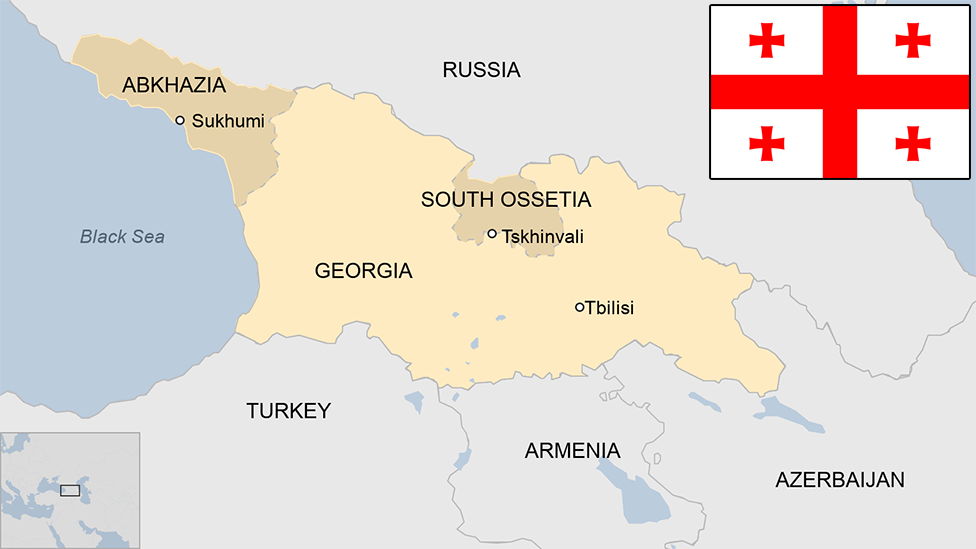
- Published25 March 2024
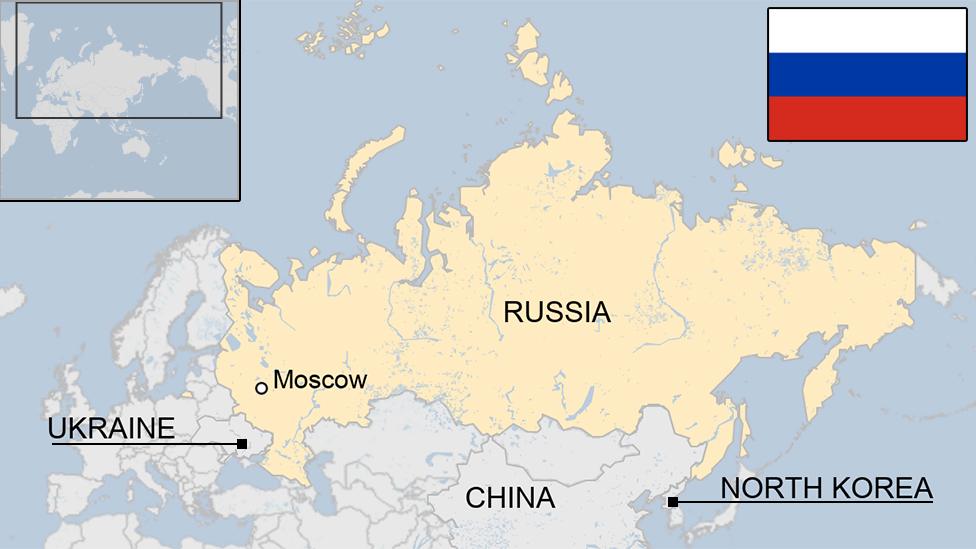
- Published30 January 2024

- Published13 February 2024
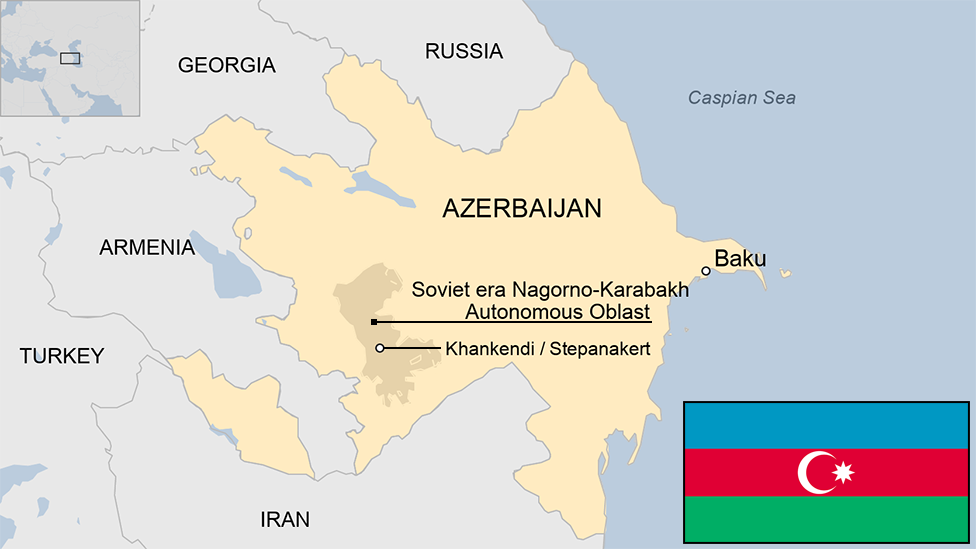
- Published14 October 2024
